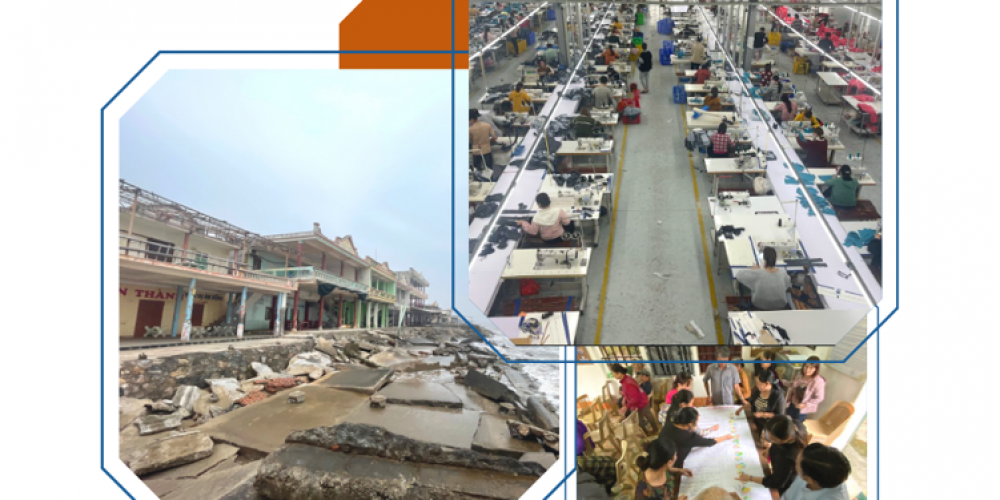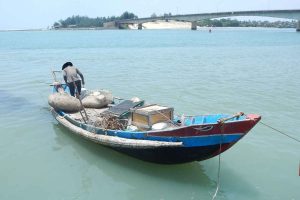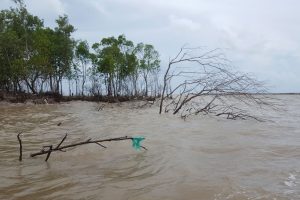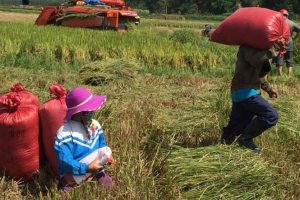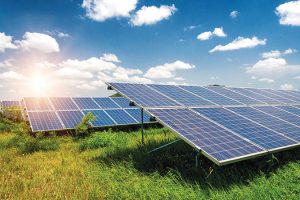 |
By December 2022, Viet Nam had 888 urban centers, including 2 special-class cities (Hanoi and Ho Chi Minh City), 22 class-I, 33 class-II, 47 class-III, 94 class-IV, and 690 class-V (according to Urban Development Agency, 2022). Rapid urbanization, especially in coastal areas. Over the past 20 decades, the number of urban has increased from 629 in 1999 to 888 in 2022; the urbanization rate from 20.7% in 1999 to 41% in 2022. |
And according to the planning and management of sustainable development of Viet Nam’s urban network in the period to 2030, with a vision to 2045, the national urbanization rate is expected to reach at least 45% by 2025, and by then, Viet Nam will have about 950 urban areas.
Coastal cities are often affected by various types of natural disasters and climate change factors, such as storms, tropical depressions, heavy rains, floods, landslides, riverbank erosion and landslides coastal areas, flash floods, heat waves, sea level rise, and saltwater intrusion…, that endanger significantly people, property, and the environment and ecosystems. Urban areas are considered the places most affected by natural disasters because of the concentration of population and assets. They are located in sensitive locations and terrain, exposed to natural disasters, i.e., vulnerable. Depending on the geographical location and landscape, the level of impact and risk of each urban area and type will be different.
In fact, over the past decade, there has been an increasing trend in the intensity, frequency, and extent of damage and losses caused by natural disasters and climate change to coastal areas, with more vulnerable communities appearing in the coastal areas, including the private sector with businesses and production, business and service establishments. In coastal localities with urban areas, industrial zones, economic zones, and commercial centers, natural disasters often disrupt the transportation and circulation of goods. They may cause production disruption, affecting not only businesses but also the income and lives of workers and their families. Solid waste treatment systems and urban water supply and drainage systems are vulnerable groups. Increased rainfall will cause flooding of storage points, routes of collection, transportation, and transshipment, and disruption of solid waste treatment in some areas. That also endangers difficulties in supply and processing water supply and drainage.
Along the coastline of 3,200 km, our country currently has about 600 cities of all kinds (Urban Development Agency, 2022), and most of them have not had urban development planning integrated with the assessment of disaster risk and impacts of climate change. Meanwhile, the adaptive capacity of traffic infrastructure, technical infrastructure, urban water supply, drainage systems, etc., is mostly average; many places do not respond to extreme events like heavy rain or prolonged hot weather. Obviously, the resilience to natural disasters and climate change adaptation of coastal cities are limited, especially those of class IV and V, which include many new towns and wards moved up from rural communes and sub-urban areas. This further shows that CBDRM, including natural disaster and climate change risk assessment in urban areas, is an essential input for NDPC-CCA planning and increasing the effectiveness of sectoral, socio-economic development plans that integrate climate change or natural risks.
In its efforts to contribute to the goal of strengthening the climate resilience of ecological communities, Center for Eco-community Development (ECODE) has several related research and development activities in this field. One of them is that ECODE is developing a guide to community-based disaster risk assessment for urban coastal areas, including sub-urban areas. This activity was carried out within the framework of UNDP’s GCF – Resilience to Climate Change project. The document is expected to be published early in the second quarter 2023.
(Hoang Ha & Phuong Thao – ECODE)

